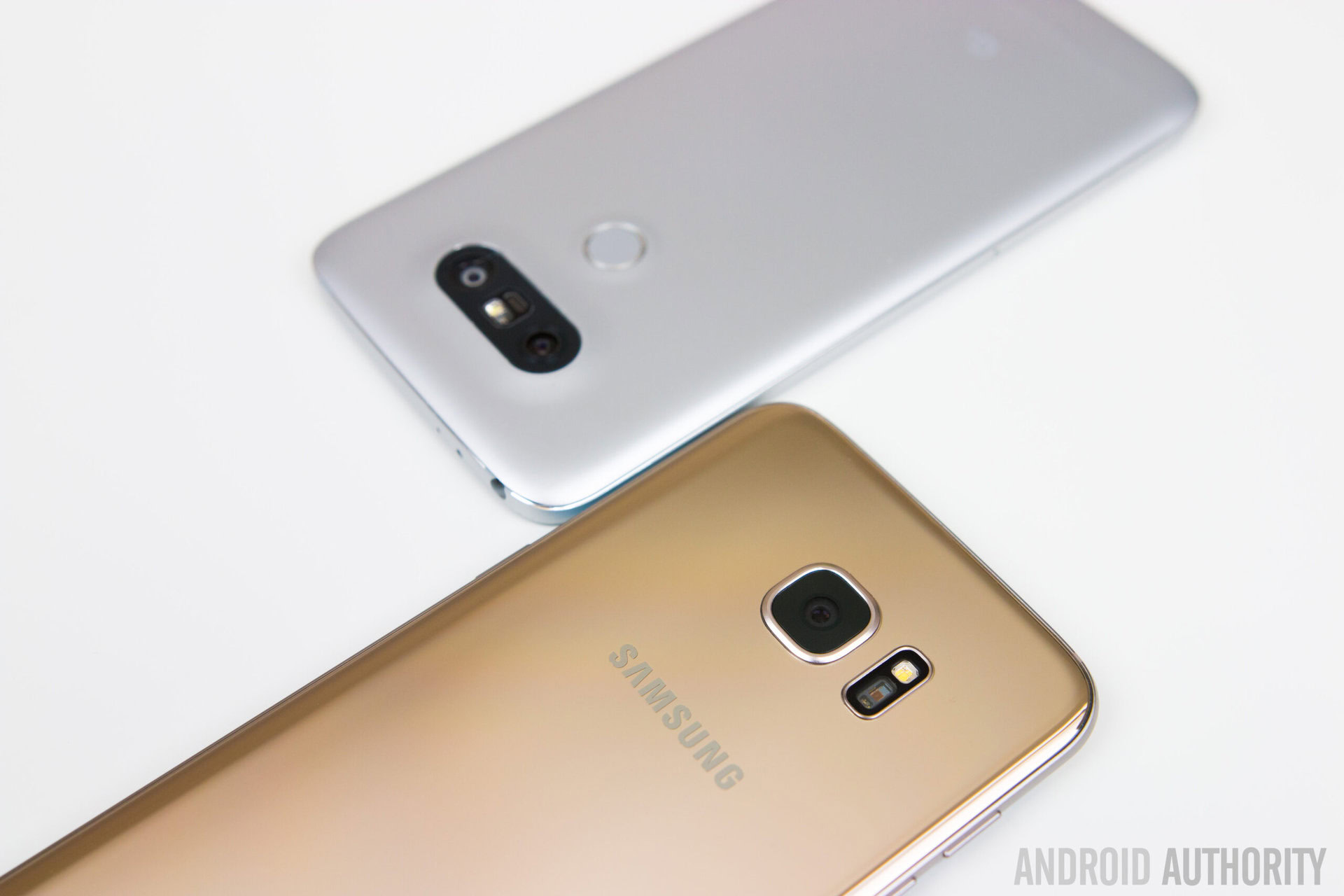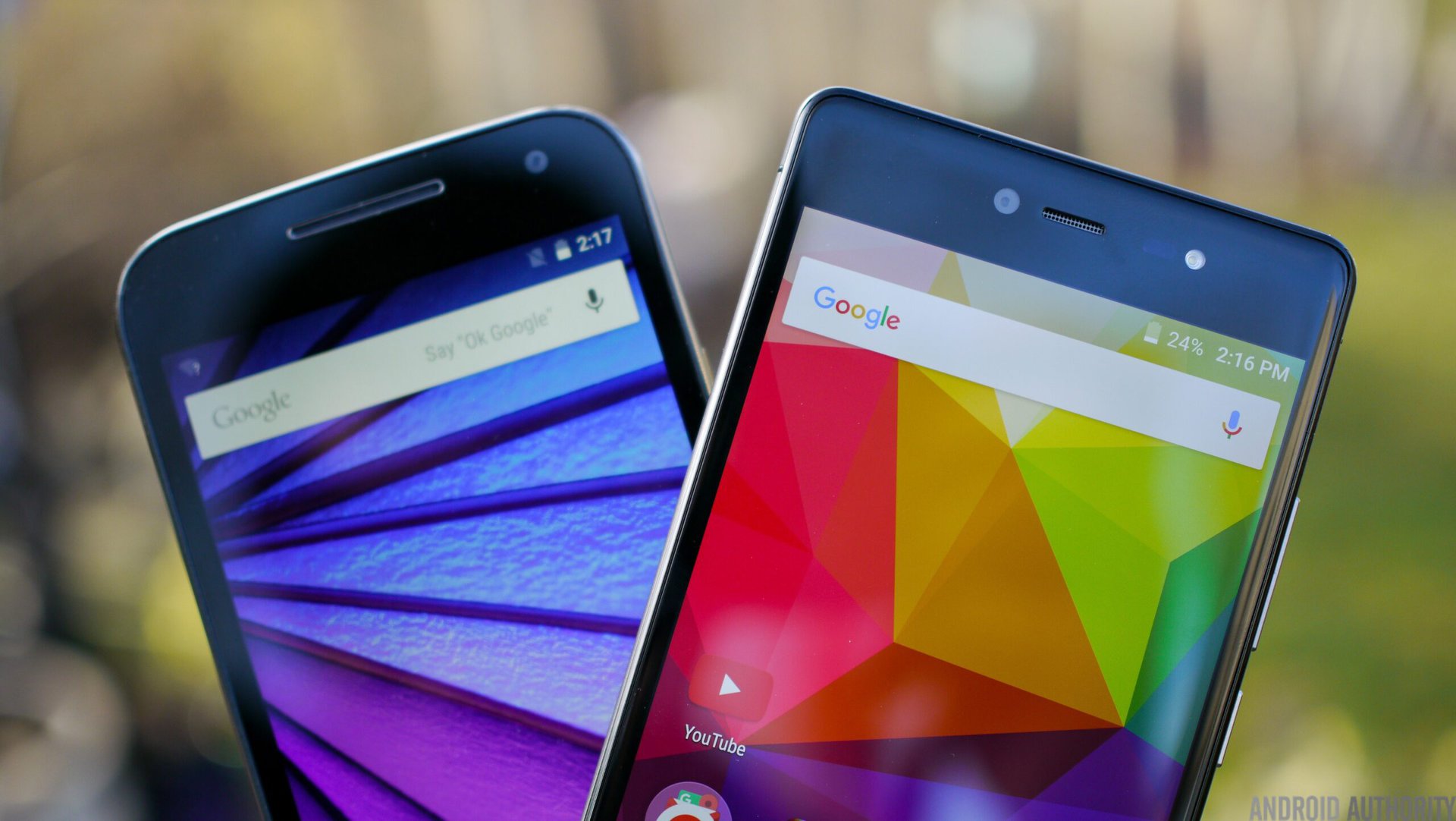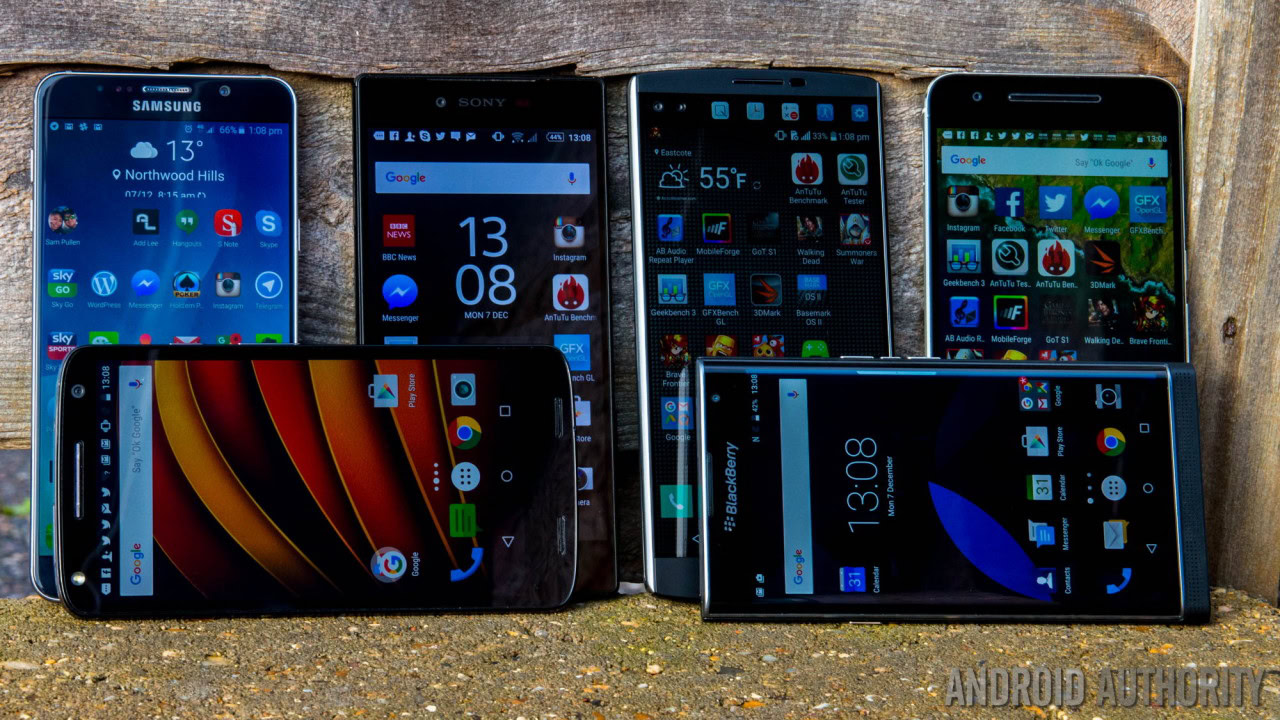Affiliate links on Android Authority may earn us a commission. Learn more.
WSJ: Americans upgrading smartphones less thanks to installment-based payment plans

Smartphones are an essential part of daily communication and social interaction for an increasing number of people. While there are devices that can be had for more reasonable prices, the typical flagship “halo” product from any given OEM may cost anywhere between $600-800, from carriers and potentially even more if purchased unlocked online. Perhaps not surprisingly, a new report by The Wall Street Journal indicates that, as a result of these high prices, more Americans are keeping their existing smartphones longer than in previous years.
During the early days of both iOS and Android, smartphones were typically sold with heavy carrier subsidies. A flagship product – normally sold full-retail at $600 – might be offered for less than half that, for example, with a mandatory 2-year commitment. In the past few years however, the industry has shifted to an installment-based system that sees customers paying the full cost of a carrier-locked device, divided into – more feasible – monthly payments.
According to Citigroup, this new business model may be having an undesirable effect on sales, as it estimates Americans are now replacing their phones every 29 months for the first half of 2016. This stands in contrast to 28 months from Q4 2015, and 24-26 months in the previous 2 years.
John Stankey, chief executive of AT&T’s entertainment division, offered his take on the situation during an investor meeting held in March:
“It’s never good to be in a market where subsidy hides the real cost of doing something…[The technological advances that come in new models are narrowing, and many wireless customers] “are no longer thinking that they want to upgrade it every 12 months or 18 months.”
To illustrate the point, The Wall Street Journal presented Matt Szatkowski, a 24-year old from Connecticut. Matt purchased an iPhone 6 with AT&T and opted for an 18-month installment plan. When asked about purchasing a new device, he replied with:
“I don’t need one..this one works perfectly fine.”
The WSJ then points out that in the past, Matt had previously traded in phones on a bi-annual cycle due to the contract structure encouraging it. While he admitted to being curious as to new features on new models, Mr. Szatkowski called the whole upgrade process a “marketing trap”.

Progressively “less” progress
The piece illustrates a growing problem for mobile phone manufacturers in what is an already fiercely-competitive industry. In recent years, mobile phones have evolved to such a state that the substantive benefits between upgrades are often far less tangible from year-to-year than in the past. This reality has even extended as far as hardware design, with both last year’s HTC One M9 and this year’s Samsung Galaxy S7 serving as prime examples of the dichotomy. Apple’s “S-year” iPhones have been called out for some time now due to this very issue.
Indeed critics of both devices have sought to point out that while some minor changes have taken place inside, the overall product is not all that different from that released in the previous year, making the need to upgrade a luxury for those interested rather than perhaps, a substantive practicality.
The “upgrade crisis” has arguably been victimizing the tablet industry for some time now, as hardware sales have plateaued. This, despite the once-rosy profit center that analysts had once predicted, is arguably of concern to smartphone OEMs who need big profits to keep their investors happy and share prices high.
It should be pointed out that, while some may feel upgrades like the addition of water protection and microSD – as seen from the Galaxy S6 to the Galaxy S7 – may be deemed worthy for some, others might find the features nice but not a necessity. The same holds true with CPU speeds and RAM.
Could costs change trends?

While there will always be a segment of the population who seeks to upgrade devices on an annual basis, if not a per-product one, today’s WSJ report indicates that a growing number of consumers are doing just the opposite. It raises the issue as to if the trend may reverse itself should either (1) OEMs lower the cost of their flagship products, or (2) unlocked and/or no-commitment phones become even more prominent in the market.
If the next year’s Galaxy S8 were to cost even a quarter less than what this year’s model did, it might convince some of those on the fence to upgrade, but even with a potentially new design and better internals, it can only offer so much beyond what this year’s Galaxy S7 has brought to the table. The problem is that, even among lower-end hardware, specs have become so “good” that today’s $200 off-contract “cookie cutter” smartphone is typically equivalent to a flagship from two – or even one – year prior.
Wrap Up

Smartphone upgrades, both the products themselves and the desire customers have to do so, are becoming an increasingly large liability in the long-term viability of many OEMs. As build quality has improved along with specs and features, new devices are paradoxically less enticing to a growing number of users. In the race to the top, everyone’s bottom line stands to suffer.
This is exactly why companies like Samsung are reportedly working to develop new product types, such as foldable devices, which would allow for fundamentally new ways of interacting with a device. There is a hope that by expanding the scope of a product’s given use, it may spur customers to buy in. Alas how successful these kinds of products ultimately are may be hampered by their more traditional brethren offering similar specs at lower prices.
What do you think? Are you as committed to upgrading devices as you were in the past, or have you grown apathetic to the eternal offering of new and superior products? Leave your thoughts below!